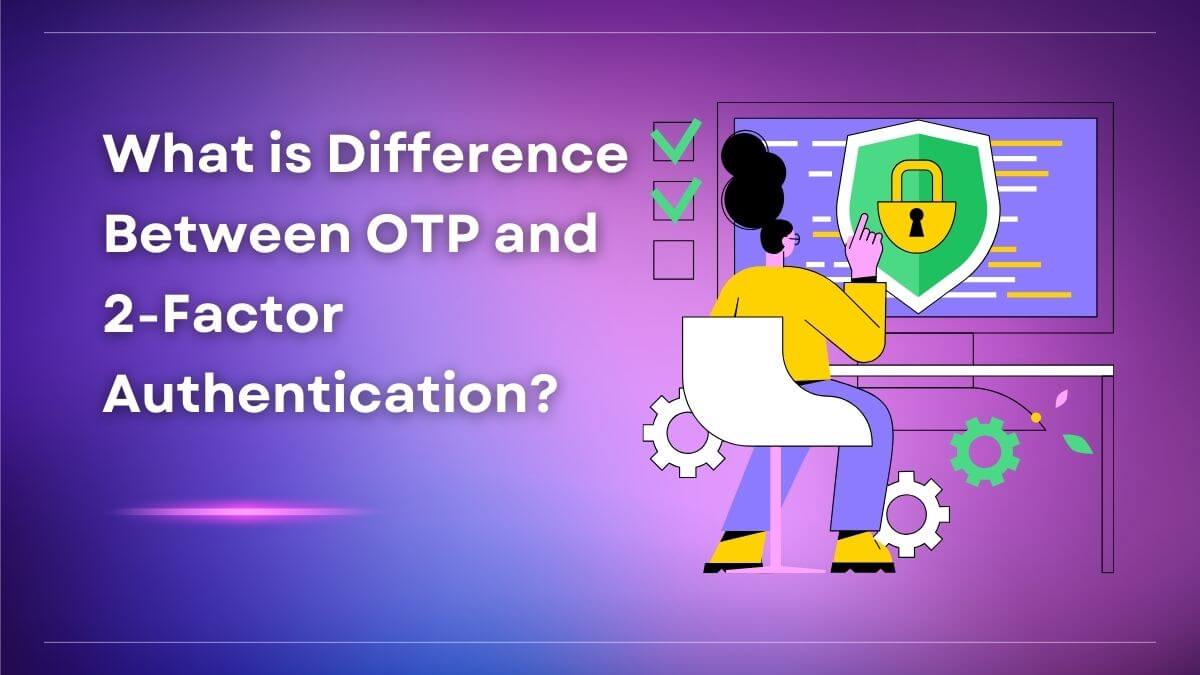A Brief History of Electronic Money and Its Evolution
Electronic money, also called e-money or digital cash, is basically currency that exists digitally on electronic systems and databases.
There are a few different types of electronic money. Electronic money, or digital currency as it is also called, is just money stored in a computer in some form of a web browser or an app. Different types of money are commonly used in our current financial system. Many everyday payment methods involve e-money, such as debit cards, online bank transfers, and services like PayPal or Venmo.
But when does the trend of electronic money actually start? We are going to answer this question by exploring the history of electronic money.
History of Electronic Money
Early signs (1870s)
The roots can be traced back to the 1870s with the emergence of telegraph money transfers, pioneered by companies like Western Union. This wasn’t exactly e-money as we know it today, but it laid the groundwork for electronic fund transfers (EFTs).
20th century advancements (1910s-1970s)
The 1910s saw the Federal Reserve using telegraphs for money transfers. Then came a big leap in the 1950s with the introduction of the first credit cards by companies like Diner’s Club and American Express. These weren’t swiped yet, but they allowed for electronic transactions and credit use. The 1970s saw the development of the Automated Clearing House (ACH) system, which enabled electronic batch processing of large volumes of transactions, further streamlining financial operations.
Digital age takes over (1980s-present)
The arrival of the internet and personal computers in the 1980s and 1990s fueled the growth of electronic money. Online banking allowed people to manage finances and make payments electronically. The 2000s saw the rise of e-wallets like PayPal, offering secure ways to store and transfer funds online. Today, we have mobile wallets like Apple Pay and Google Pay, allowing for contactless payments through smartphones.
21st Century Electronic Money (not cryptocurrency)
In 2001, the “Electronic Money Transaction” (EMT) was made available by MasterCard in the United States, as the EBT wasn’t available for all of its customers. In 2002, the “Electronic Money Service” (EMS) was introduced in Europe, as MasterCard introduced the EMS to all of its customers.
On December 21, 2005, “Electronic Cash” (e-cash) was first used by VISA (and, later, by all other EMV networks) for the first actual transaction of a person in the world. The “Electronic Money Service” (EMS) was implemented in 2006.
In November 2006, the “Electronic Cash for Online Payments” (ECOP) was introduced. It is used to pay for goods online without using a card.
In March 2013, the “Electronic Money Service” (EMS) was the only real payment service. VISA and MasterCard have stopped selling the hardware and the licenses to sell them. This is why, nowadays, most retailers that accept VISA and MasterCard credit cards do it because they have to accept one of these EMV payment methods.
Conclusion
From early telegraph transfers to today’s tap-and-pay mobile wallets, the history of electronic money is a story of continuous innovation. It’s a testament to humanity’s quest for faster, more efficient ways to conduct transactions. As technology keeps evolving, we can expect even more exciting developments in the world of e-money, shaping the future of our financial systems.pen_sparktunesharemore_vert

